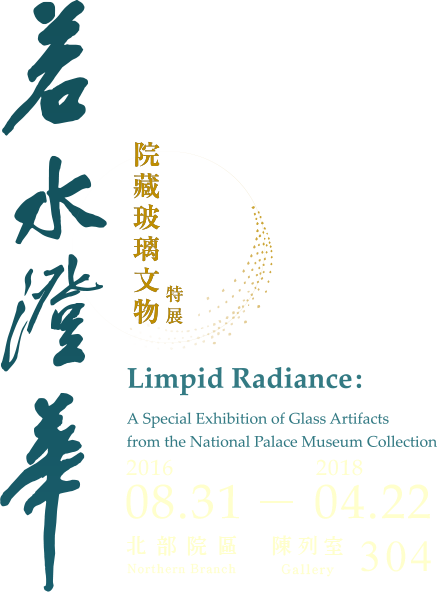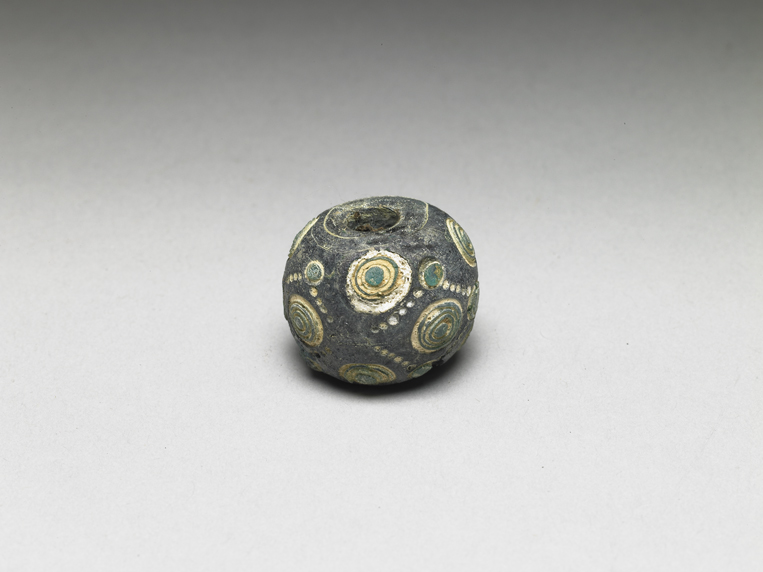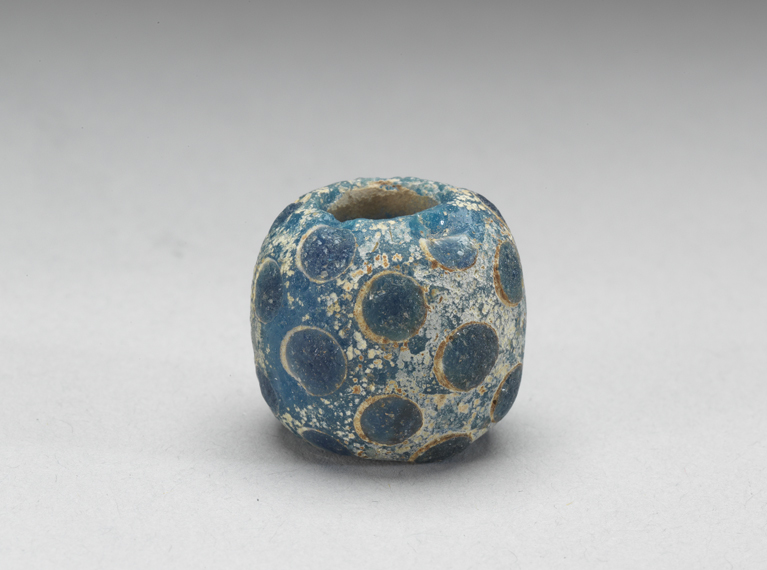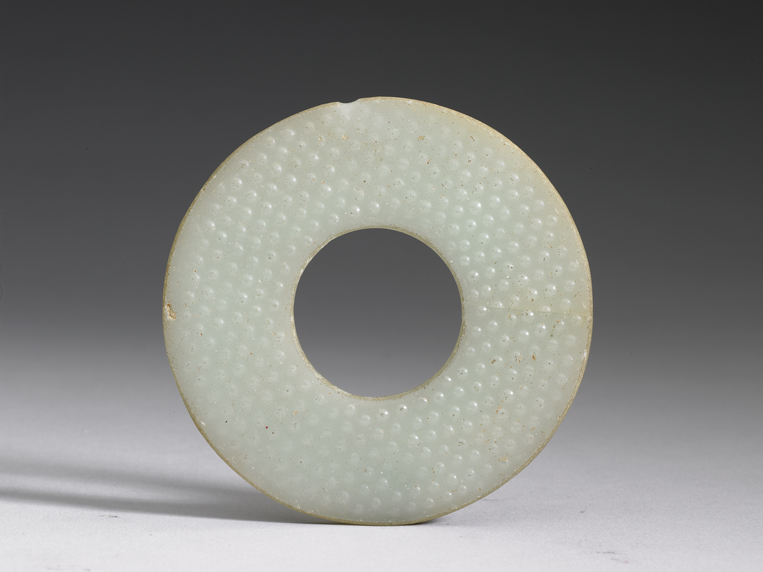In the history of civilization throughout the world, early forms of glass were developed on the basis of firing silica (silicon dioxide), to which other minerals were added to fuse and color the material. The result was a kind of "proto-glass" substance having a solid amorphous (non-crystalline) structure. In early China, archaeological excavations have yielded small circular objects with layers of glassy components known as "eye beads", sintered tubes that are faintly translucent, and inlaid artifacts, all of which fall under the category of "proto-glass".
Then from the Han up to the Tang and Song dynasties (2nd century BCE to 13th century CE), glass materials were used mainly for costume accessories, vessels and inlay. From the Tang to the Song and Yuan periods (7th to 14th centuries CE), certain porcelains were closely related in form and color to Islamic glassware of the time, demonstrating the influence of foreign glass on local production in China. Semi-transparent or translucent glass decoration was also used on hairpins and pendants, suggesting that this man-made material was fired and polished to imitate the color and purity of jade and other precious stones.
:::



